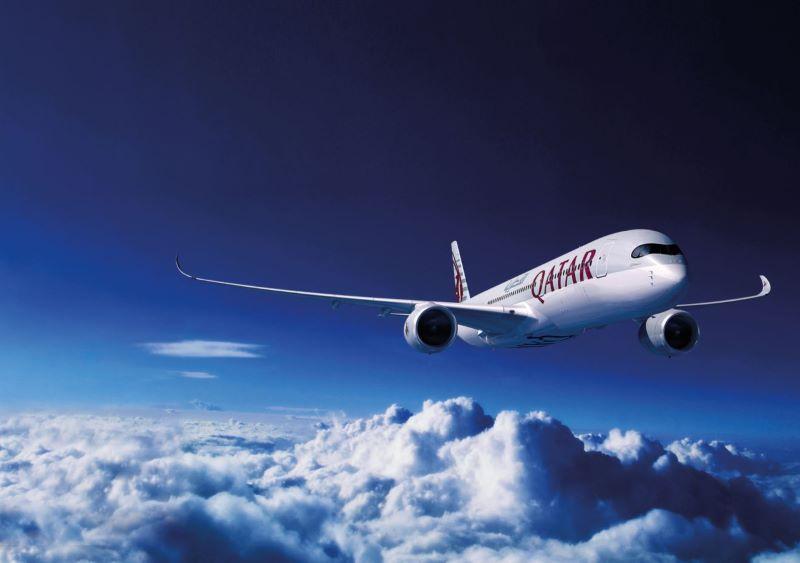
Credit: Qatar Airways
Despite a doubling in passenger revenue and increased passenger counts driven by its role as flag carrier for the country that held the FIFA World Cup tournament, Qatar Airways’ full year net profit was down 21% year-over-year, attributable, the airline said, to its removal of 29 Airbus A350s over a...
Subscription Required
This content requires a subscription to one of the Aviation Week Intelligence Network (AWIN) bundles.
Schedule a demo today to find out how you can access this content and similar content related to your area of the global aviation industry.
Already an AWIN subscriber? Login
Did you know? Aviation Week has won top honors multiple times in the Jesse H. Neal National Business Journalism Awards, the business-to-business media equivalent of the Pulitzer Prizes.





